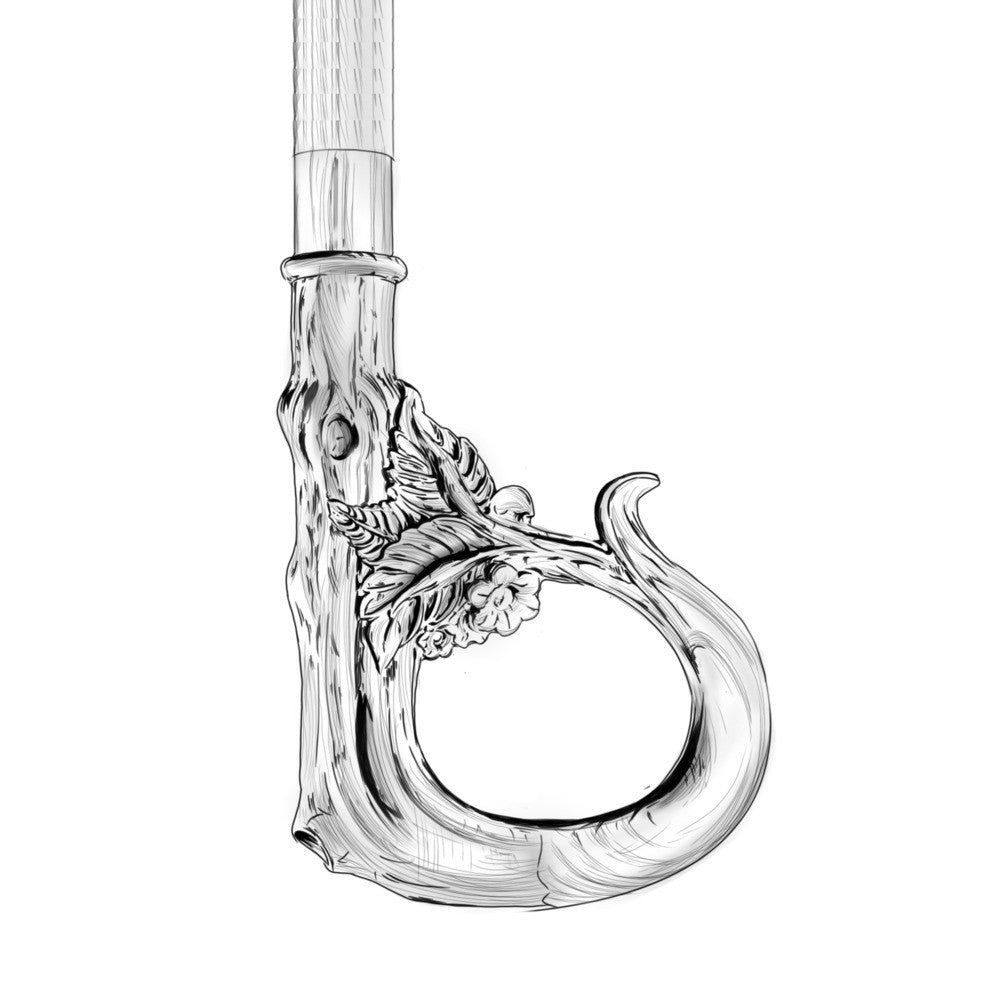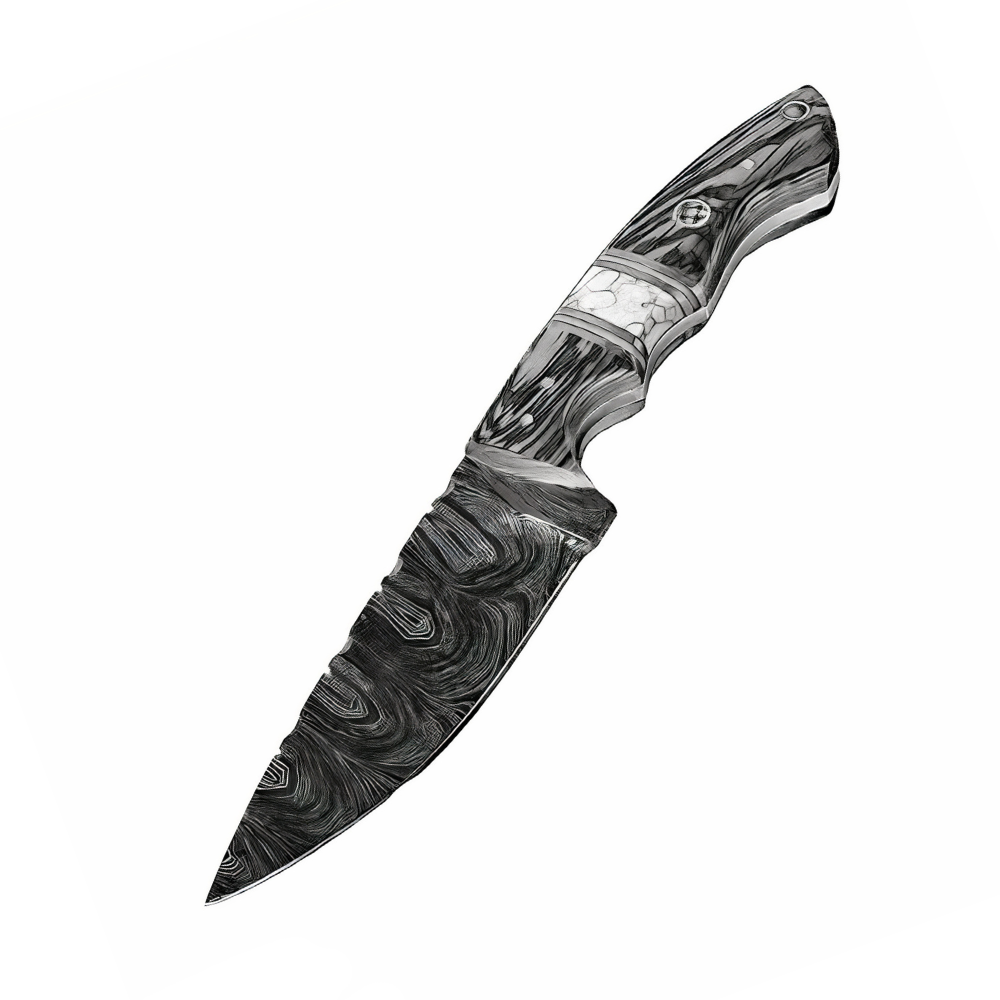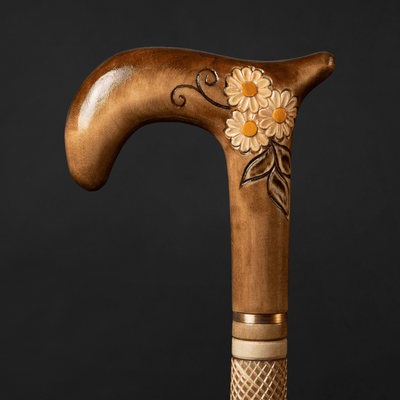You have no items in your shopping cart.
Recent Posts
-
The Art of Christmas Design: Walking Canes That Celebrate the Season in Style
-
How an Ergonomic Walking Cane Handle Prevents Hand and Wrist Strain?
-
How to Walk With a Cane Correctly to Avoid Back or Shoulder Strain?
-
5 Common Mistakes People Make When Buying a Walking Cane (and How to Avoid Them)
-
How to Choose a Walking Cane That Reflects Your Personality (Not Just Your Needs)?
-
Walking Canes That Match Formalwear for Weddings and Events
MOST POPULAR NOW
10
Mar
Living with a disability can be challenging, but with the right handicap aid, individuals can achieve greater independence and enjoy a higher quality of life. Handicap aids are designed to support individuals with a range of disabilities, from mobility issues to visual impairments and more. These aids can make everyday tasks easier and help individuals to participate fully in their communities.

Handicap aids
Types of handicap aids
Handicap aids come in many different forms, each designed to support individuals with specific needs. Here are some of the most common types of handicap aids:
-
Mobility aids: Mobility aids are designed to support individuals who have difficulty walking or standing. These aids include canes, walkers, wheelchairs, and mobility scooters. They provide individuals with greater freedom of movement and make it easier to navigate through daily life.
-
Visual aids: Visual aids are designed to support individuals with visual impairments. These aids include magnifying glasses, talking watches, and braille devices. They make it easier for individuals to read, tell time, and navigate their environment.
-
Hearing aids: Hearing aids are designed to support individuals with hearing impairments. These aids include hearing aids, personal sound amplifiers, and assistive listening devices. They make it easier for individuals to hear and participate in conversations.
-
Communication aids: Communication aids are designed to support individuals who have difficulty communicating verbally. These aids include picture boards, speech generating devices, and computer-based communication devices. They help individuals to express themselves and communicate with others.
Choosing the right handicap aid
Choosing the right handicap aid is crucial for maximizing its benefits. Here are some factors to consider when choosing a handicap aid:
-
Type of disability: The type of disability will determine the type of aid that is needed. For example, a mobility aid would be appropriate for an individual with a mobility impairment.
-
Severity of disability: The severity of the disability will determine the level of support that is needed. For example, an individual with a severe mobility impairment may need a wheelchair rather than a cane.
-
Lifestyle: The individual's lifestyle will also play a role in choosing the right handicap aid. For example, a mobility scooter may be more appropriate for someone who travels frequently than a wheelchair.
-
Cost: The cost of the aid is also an important consideration. Some aids may be covered by insurance, while others may require out-of-pocket expenses.
Using a handicap aid
Using a handicap aid requires proper technique to maximize its benefits. Here are some tips:
-
Get proper training: It's important to get proper training on how to use the aid. This will ensure that the aid is being used correctly and safely.
-
Practice: Practice using the aid in a safe and controlled environment before using it in public.
-
Follow instructions: Follow the manufacturer's instructions for using the aid. This will ensure that the aid is being used correctly and safely.
-
Maintain the aid: Proper maintenance of the aid is important for ensuring its longevity and safety.
Conclusion
Handicap aids are an essential tool for individuals with disabilities. They provide greater independence and make it easier to navigate through daily life. Choosing the right handicap aid and using it correctly can maximize its benefits and improve an individual's quality of life. With the right aid and proper training, individuals with disabilities can achieve greater independence and participate fully in their communities.
Also Purchased
-
Beige Walking Cane for Ladies Chamomile Flower, Wooden Walking Stick
Introducing our beautiful Beige Walking Cane for Ladies with Chamomile Flower, a Wooden Walking Stick that is hand carved and handmade, making it both pretty and unique. This walking cane...$79.50 -
Exotic Burl Wood Walking Cane – Fashionable Artisan Stick
A sculptural statement in deep, oceanic blue — this walking cane is more than a support accessory, it's wearable art. Meticulously hand-shaped from stabilized burl wood, the handle evokes the...$425.00 -
ArtWalkingSticks™ MAGIC Walking Cane, Handmade - Make to Order
This piece of art is created for those who value details. We make one of a kind, handcrafted wood and resin canes. Our Wooden Canes are completely unmatched in creativity....$430.00 -
Umbrella with Eagle Handle, Fashion Umbrella For Men
Make a bold and fashionable statement with our Umbrella with Eagle Handle - a unique and functional accessory designed for men. The striking eagle handle is the highlight of this...$325.00 -
Fashionable Lion Shoehorn Long Handle, Pearly Brown Shaft, Handmade
Introducing our Fashionable Lion Shoehorn, a handcrafted, long-handled shoe horn with a pearly brown shaft that's both stylish and practical. The intricate Lion design adds a touch of elegance to...$240.00 -
ArtWalkingSticks™ MAGIC Red Walking Cane - Unisex, Handmade
This piece of art is created for those who value details. We make one of a kind, handcrafted wood and resin canes. Our Wooden Canes are completely unmatched in creativity....$425.00
































